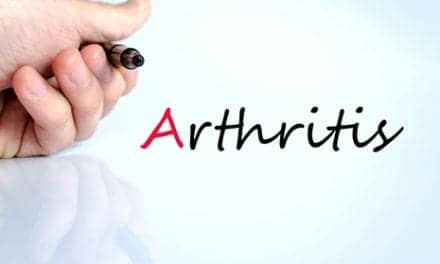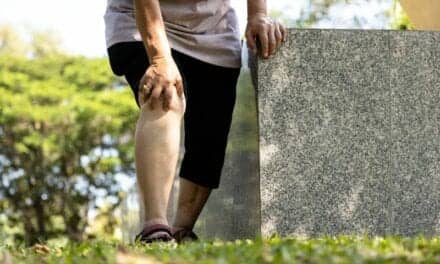It may not be surprising that frequency of play and wrist stretching are risk factors for tennis elbow, but the use of a one-handed backhand and Kevlar racquet strings are risk factors that physicians may want to share with patients, according to an MD who is, himself, a tennis player.
The physician, Bobby Song, MD, suggested this revised thinking in response to study data that appeared in a poster presentation at the recent Association of Academic Physiatrists Annual Meeting.
Strings and Swings
The poster, titled, “Tennis Elbow in Tennis Players: Do Equipment Play a Role? A Retrospective Cross-Sectional Study,” was the effort of research led by Peter Yeh, MD. Its findings suggest that simple changes in technique and equipment may be an alternative to invasive treatment.
“As a tennis player myself, I found among active players and coaches, there is a high degree of variability in opinion on what causes tennis elbow and how to approach potential treatment options with respect to equipment and technique modification.
“The most popular notion is that increased ‘stiffness’ of the equipment can increase the shock forces that travel from the stringbed to the elbow on impact, which is thought to contribute to this condition. While tennis elbow has long been thought to be a degenerative, overuse-related condition, we found it curious that higher-level tennis players tended to not be affected as much. As a result, we hypothesized that there was also a component of improper technique as well, which led us to investigate certain technique characteristics in addition to that of the equipment alone.”
— Bobby Song, MD, a physiatrist at Baylor College of Medicine
While past clinical trials investigated proposed contributors to tennis elbow individually, this is a large-scale, cross-sectional study attempting to determine whether all of these factors are significantly correlated to this diagnosis, Song adds.
Tennis Players Speak Out
Researchers surveyed active tennis players from four U.S. tennis clubs and two tennis databases. Participants were asked if they had ever been diagnosed with tennis elbow (TE), as well as questions on basic demographics, level and frequency of play, and characteristics of their tennis equipment and technique. Players with TE were given questions specific to their situation at the time they were diagnosed, while others were instructed to answer questions about current tennis technique and setup.
Out of 1,937 questionnaires emailed, 402 players responded, including 368 males and 34 females. Of these 402 players, 248 or 61.7% had been diagnosed with TE. Respondents’ average age was 38.7. The average age of those diagnosed with TE was 41.6, while the average of those never diagnosed with TE was 33.9.
There was a higher incidence of TE in those who had played tennis for more years, played more frequently, stretched their wrists prior to play, and used a one-handed backhand. Equipment choice may also be a risk factor: they found higher incidence of TE in users of Kevlar string racquets and the lowest incidence among players with racquets strung with full synthetic gut.
Players’ gender, skill level, forehand and backhand grip preference, grip size, use of a vibration dampener, and racquet string tension, weight, head size and stiffness were not statistically significantly associated with tennis elbow, the study suggests.
“What if that physician had a more robust understanding of tennis and recognized that such a multifactorial condition may instead be treated more effectively with technique and equipment modification? That physician may be able to, for example, recommend that the patient switch to a two-handed backhand or alter their string preference to combat symptoms.
“Available treatments for TE, such as anti-inflammatory medications or bracing, do not necessarily address the underlying cause of the pain. By potentially taking away the insulting factor through changes in form or equipment, the patient may be able to continue playing and not be forced to undergo invasive modalities or even take time off.”
— Bobby Song, MD
[Source(s): Association of Academic Physiatrists, Newswise]
Related Content:
Fiix Elbow Offers COVID-Friendly Pain Management at Home
Research Suggests Successful Treatment of Tennis Elbow Via TAE
When it Comes to Treating Tennis Elbow, One Size May Not Fit All





